These locations showcase Cuba's landscapes and cultural heritage. The route includes colonial towns, national parks, beaches, and historic fortresses. From tobacco fields in Viñales Valley to Soroa waterfalls, the island presents its architecture, nature, and history.
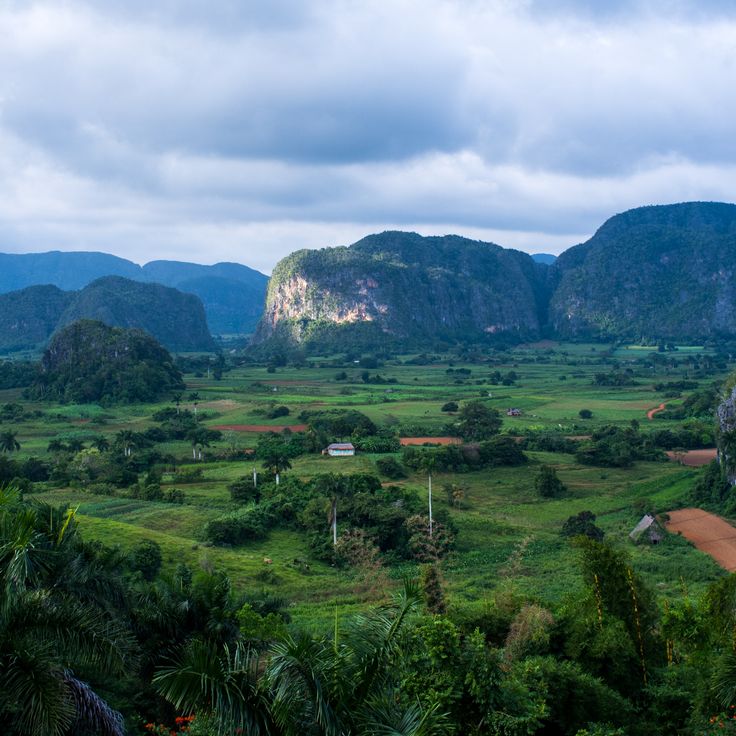
Pinar del Río, Cuba
The valley features limestone formations and tobacco fields. Farmers cultivate tobacco using traditional agricultural methods.
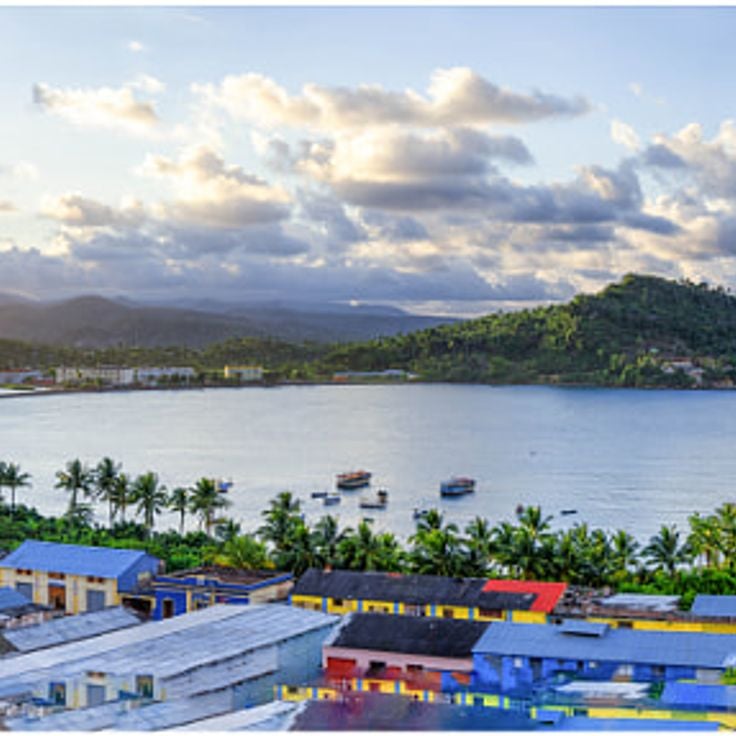
Guantánamo, Cuba
This city, founded in 1511, was Cuba's first capital. It stands between mountains and the Atlantic Ocean.
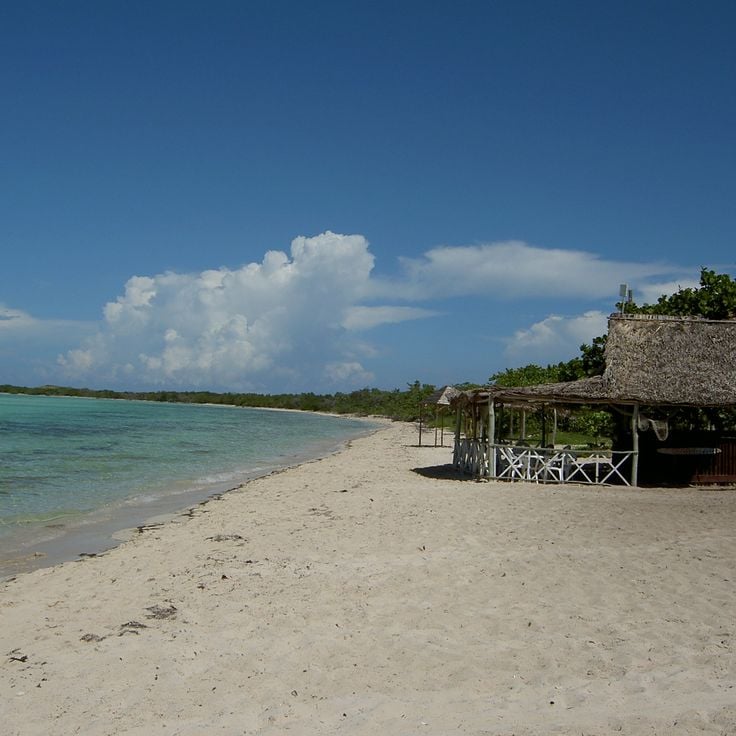
Ciego de Ávila, Cuba
This island has white sand beaches and mangrove forests. Flamingos and other birds inhabit the coastal areas.
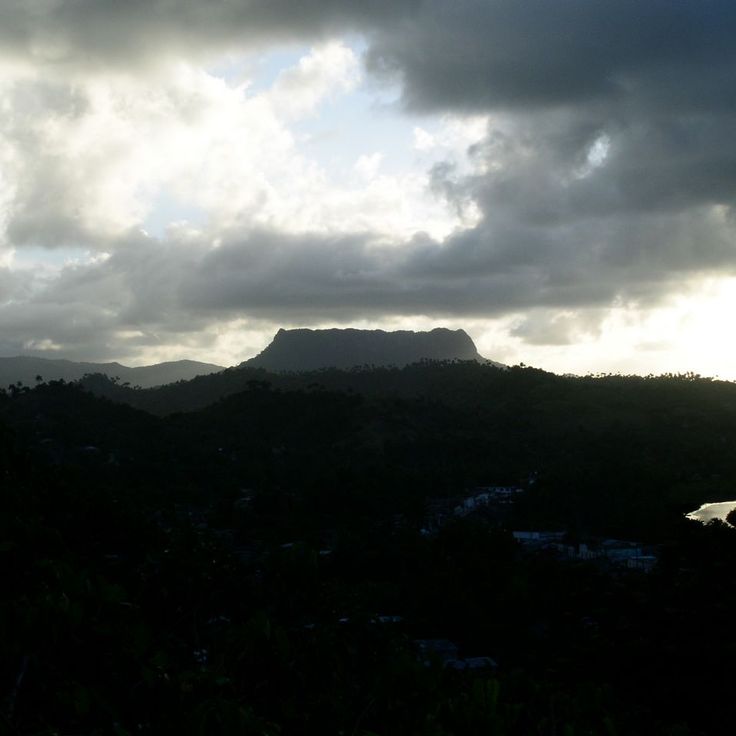
Guantánamo, Cuba
The mountain reaches 575 meters in height and has a flat summit. The ascent passes through rainforest with numerous plant species.

Artemisa, Cuba
This ecological community implements environmental protection programs and contains native forest areas with hiking paths through the Sierra del Rosario mountains.
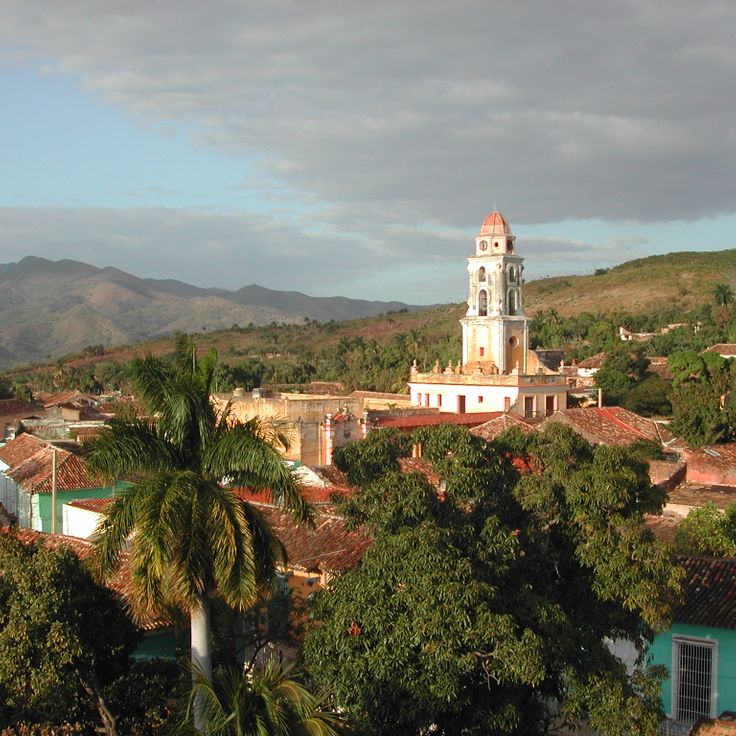
Sancti Spíritus, Cuba
This colonial settlement from 1514 features cobblestone streets, Spanish architecture, central plaza, and museums displaying regional history in original buildings.
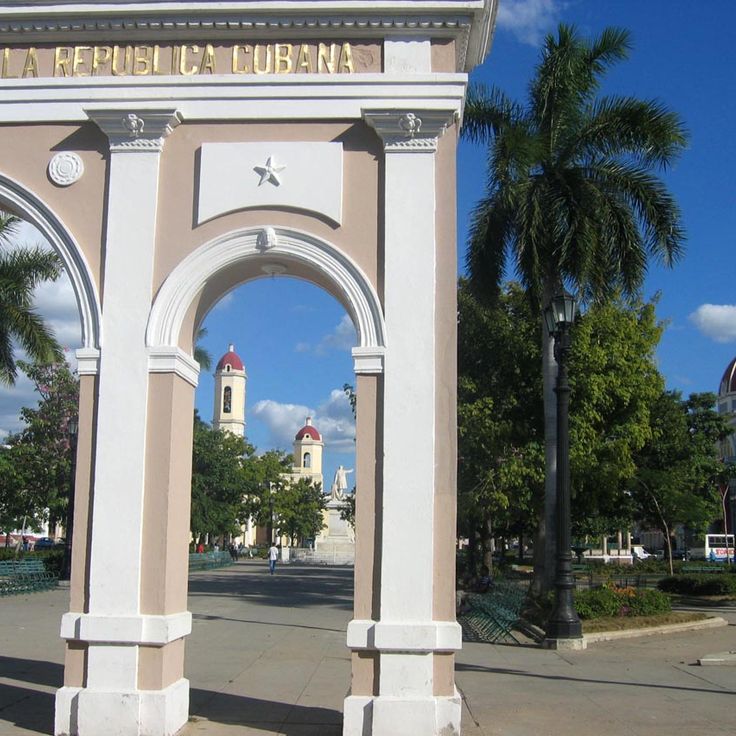
Cienfuegos, Cuba
The city center contains French colonial architecture from the 19th century, including the Tomás Terry Theatre and Palacio de Valle mansion on the waterfront.
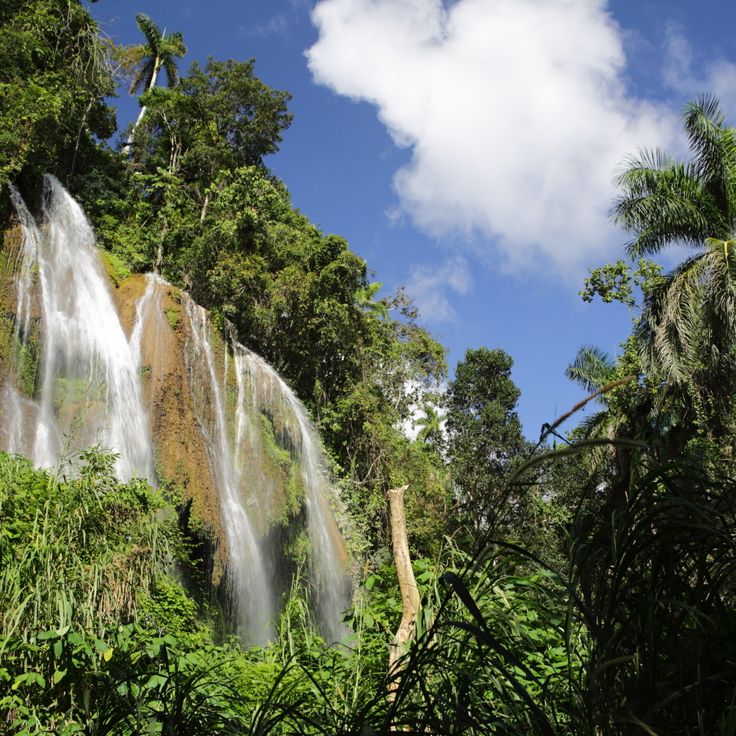
Sancti Spíritus, Cuba
This protected area in the Escambray Mountains contains hiking trails, coffee plantations, rivers, caves, and tropical forest with local bird species.
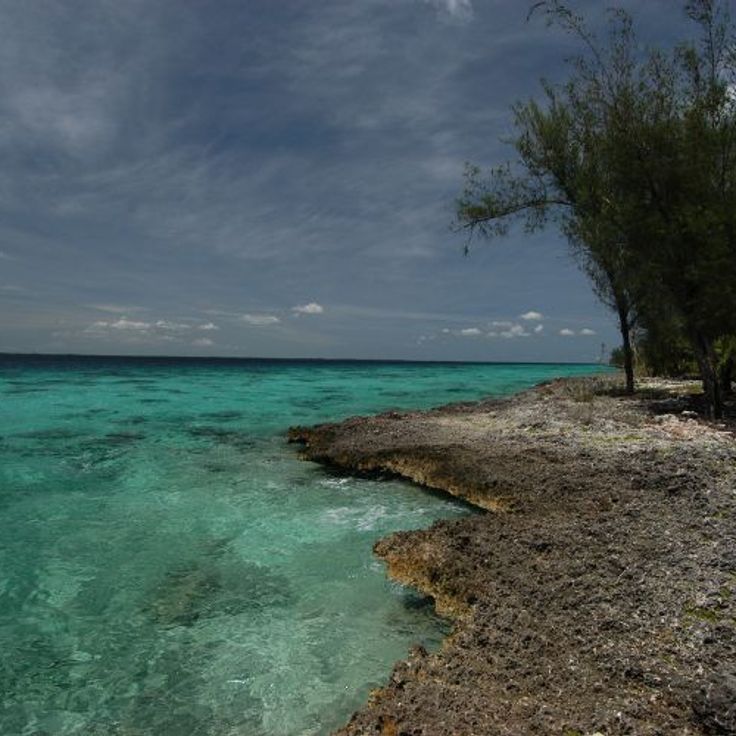
Matanzas, Cuba
This bay is a historical site of the failed 1961 US invasion and a popular destination for underwater sports.
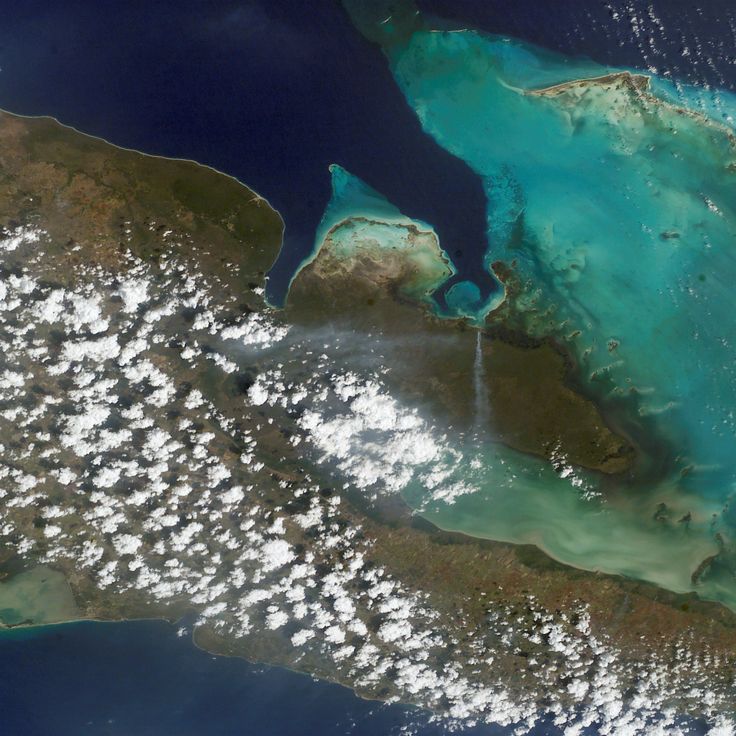
Matanzas, Cuba
The biosphere reserve houses rare bird species and prehistoric traces of Caribbean natives in its marshes.
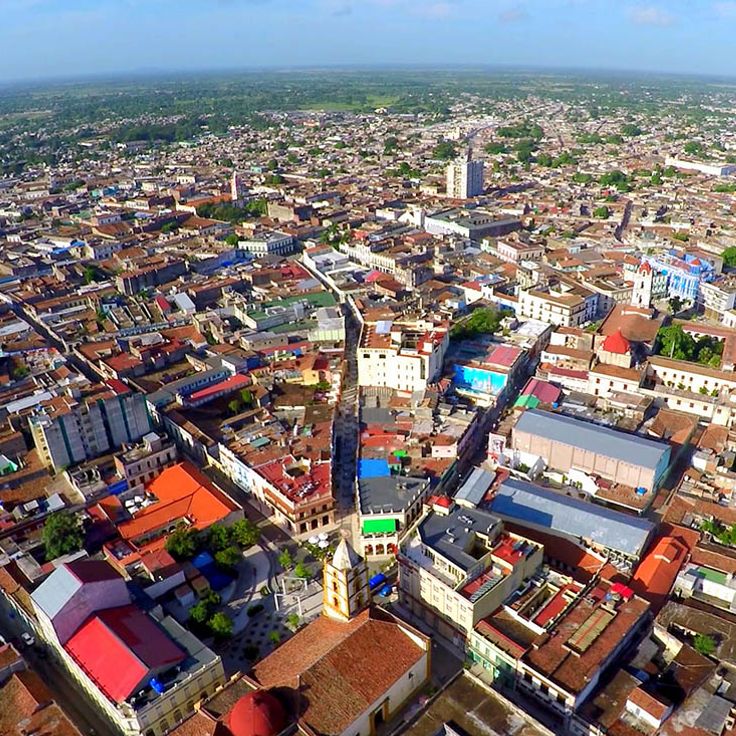
Camagüey, Cuba
The third largest city in Cuba displays colonial architecture with winding alleys and numerous contemporary art galleries.
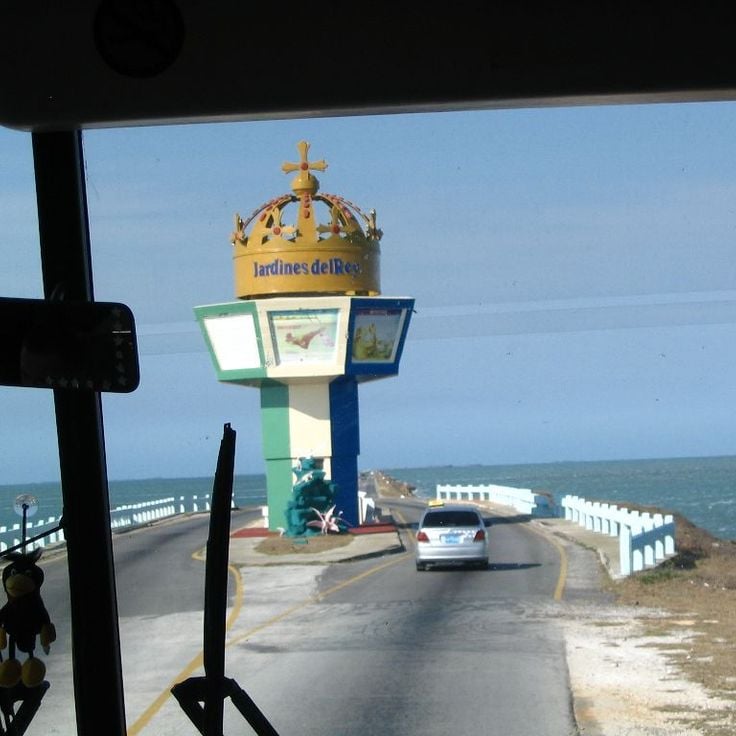
Ciego de Ávila, Cuba
This chain of islands extends 200 kilometers along the north coast with sand beaches and coral reefs.
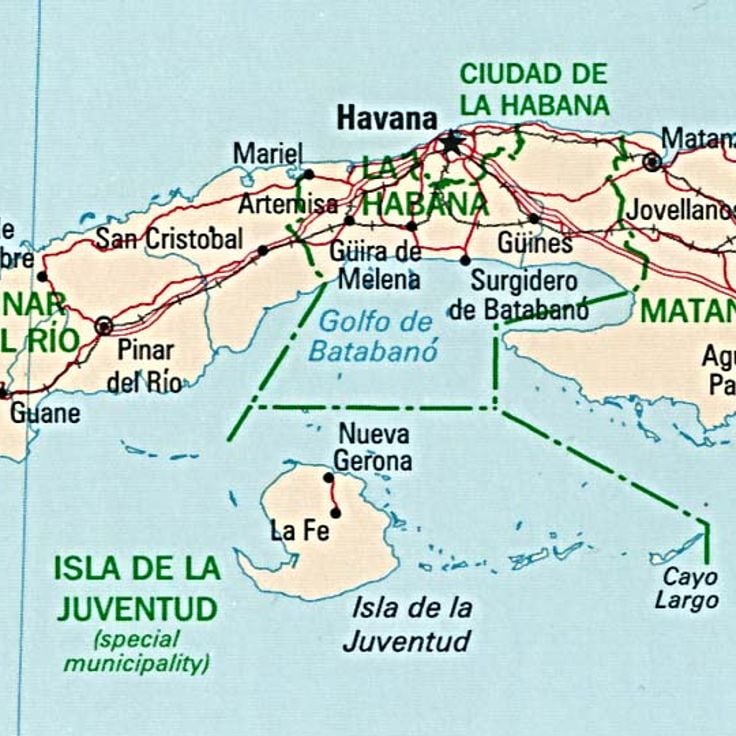
Cuba
The island offers coral reefs, beaches, the former Presidio Modelo prison and hiking trails through pine forests.

Villa Clara, Cuba
Colonial town with 17th-century historical buildings and the annual Parrandas festival in December.
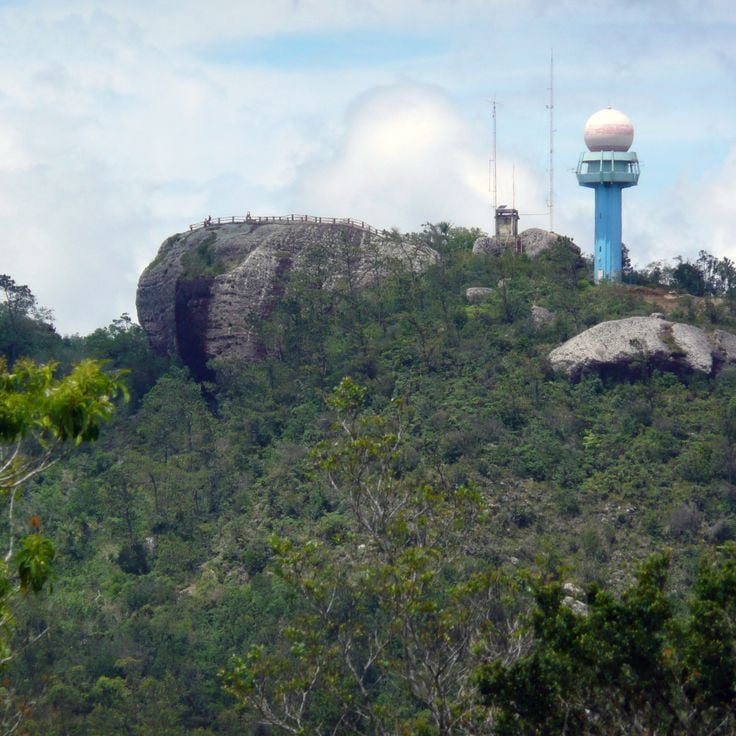
Santiago de Cuba, Cuba
UNESCO biosphere reserve with dinosaur models, a marine museum and mountains with views of the Caribbean.

Santiago de Cuba, Cuba
This 17th-century fortress protected Santiago's harbor from pirates and features military history exhibitions.

Havana, Cuba
Located 25 kilometers from the capital, this sandy beach provides an alternative to the popular beaches of Havana.
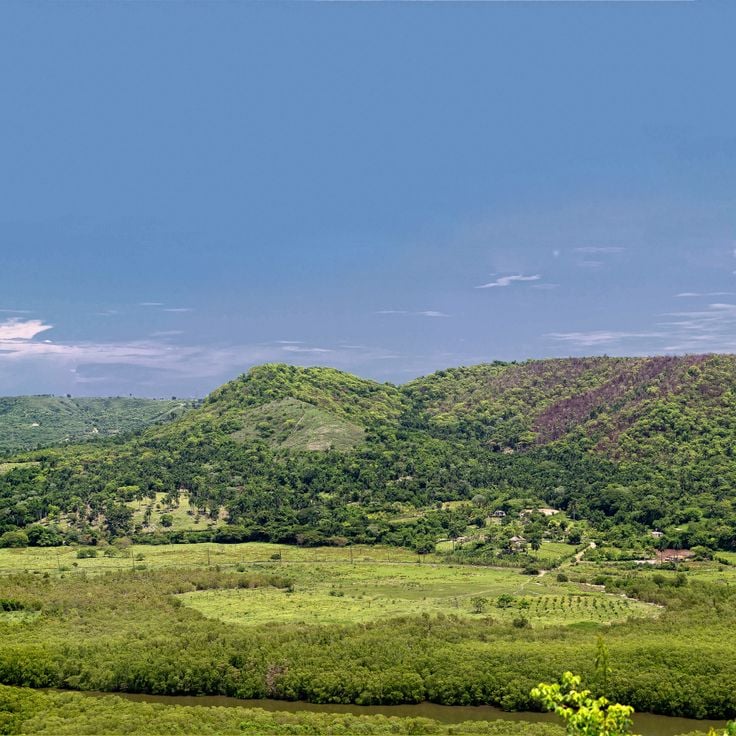
Matanzas, Cuba
This green region covering 5 square kilometers features hiking paths through tobacco fields and tropical vegetation.
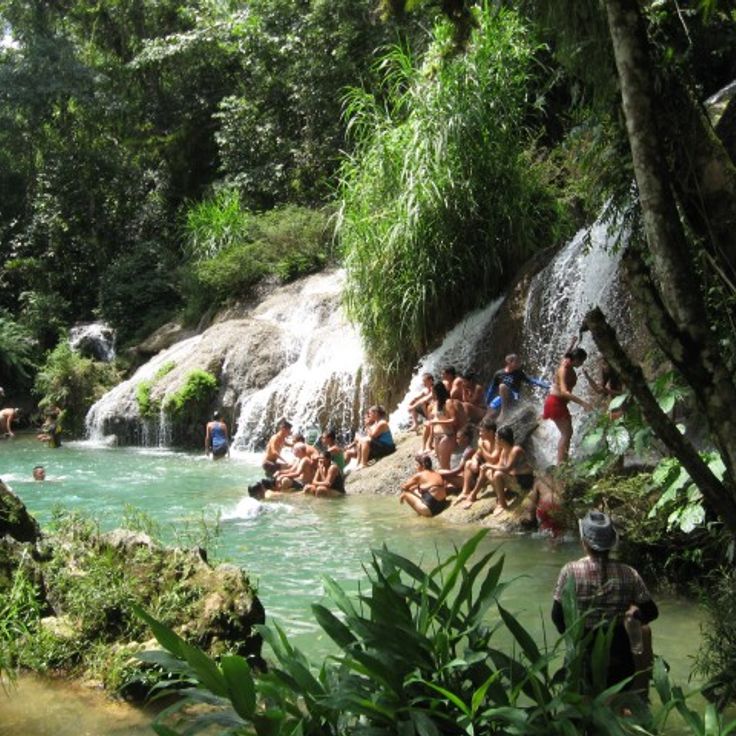
Cienfuegos, Cuba
The 30-meter waterfall drops into natural pools and is surrounded by forest with native birds.

Mayabeque, Cuba
The coastal town features a coral reef 50 meters from the beach with fish and sea turtles.

Pinar del Río, Cuba
The island features white sand beaches and coral reefs. The waters allow snorkeling and diving among sea turtles.
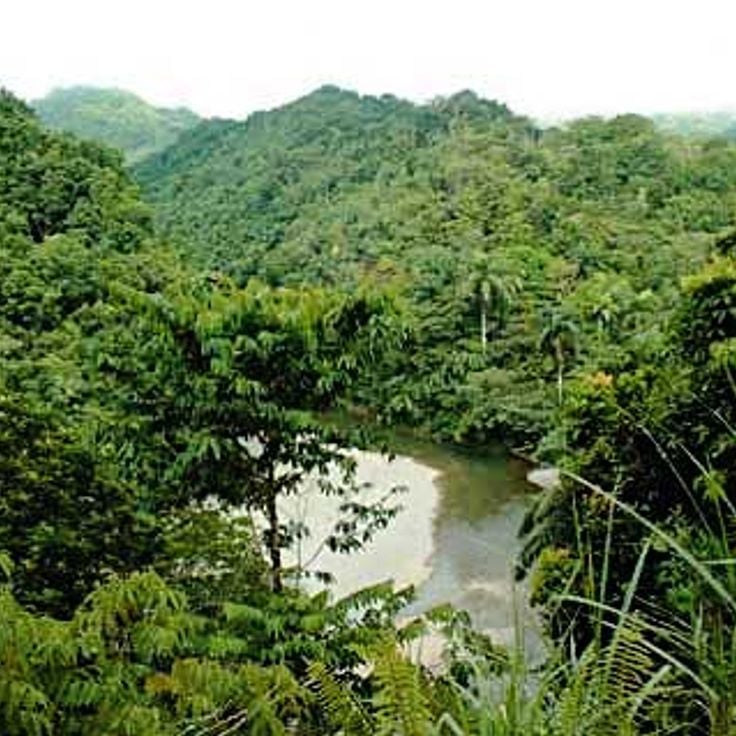
Guantánamo and Holguín, Cuba
The park hosts over 1000 plant species and rare animals. UNESCO recognized the region as World Heritage in 2001.
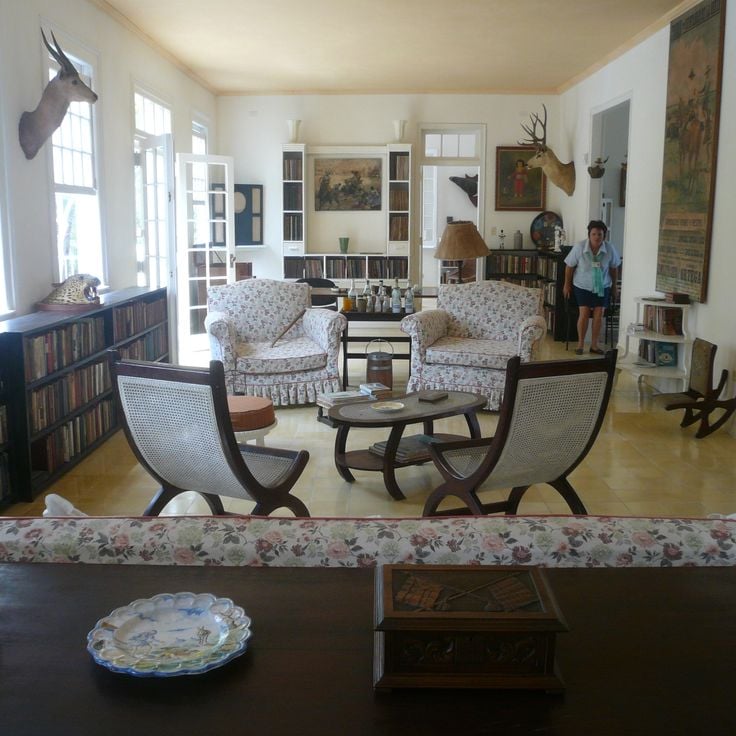
Havana, Cuba
The museum displays Hemingway's personal library of 9000 books, his hunting trophies and the boat Pilar.
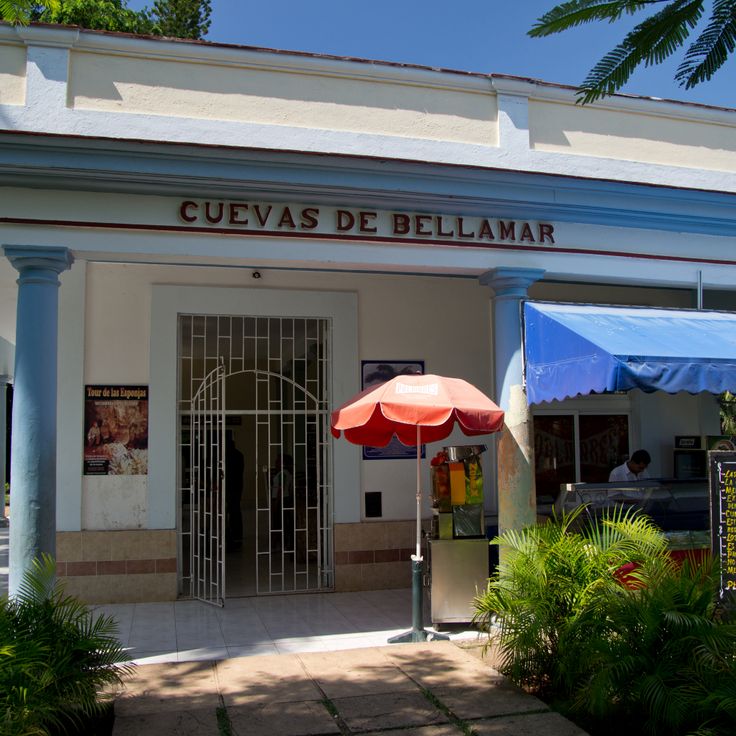
Matanzas, Cuba
The cave system extends 23 kilometers with crystals and stalactites. The caves formed 300000 years ago.
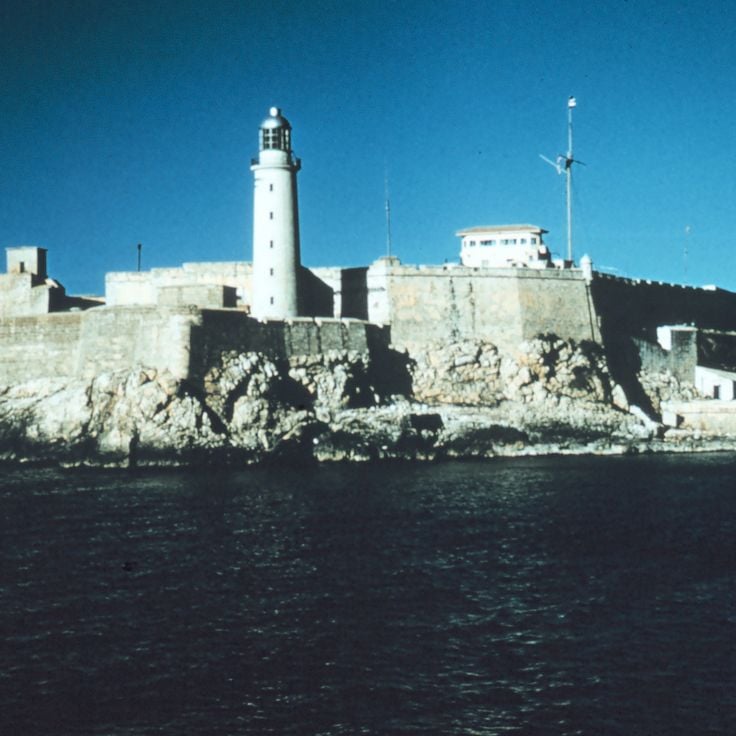
Havana, Cuba
This 16th century military fortress guards the harbor entrance with a lighthouse, casemates and military history museum.

Santiago de Cuba, Cuba
A 1225-meter mountain with a 51-meter long volcanic rock formation and a botanical garden.

Sancti Spíritus, Cuba
A 4-kilometer sand beach with coral reefs for snorkeling and diving, located 12 kilometers from Trinidad.
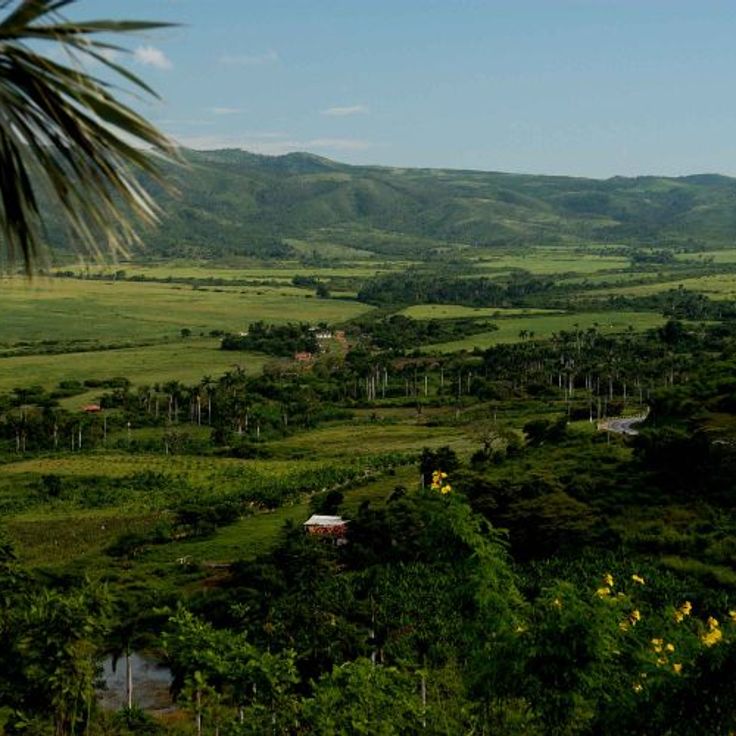
Sancti Spíritus, Cuba
Three interconnected valleys with 75 former sugar plantations and production sites from the 19th century across 250 square kilometers.
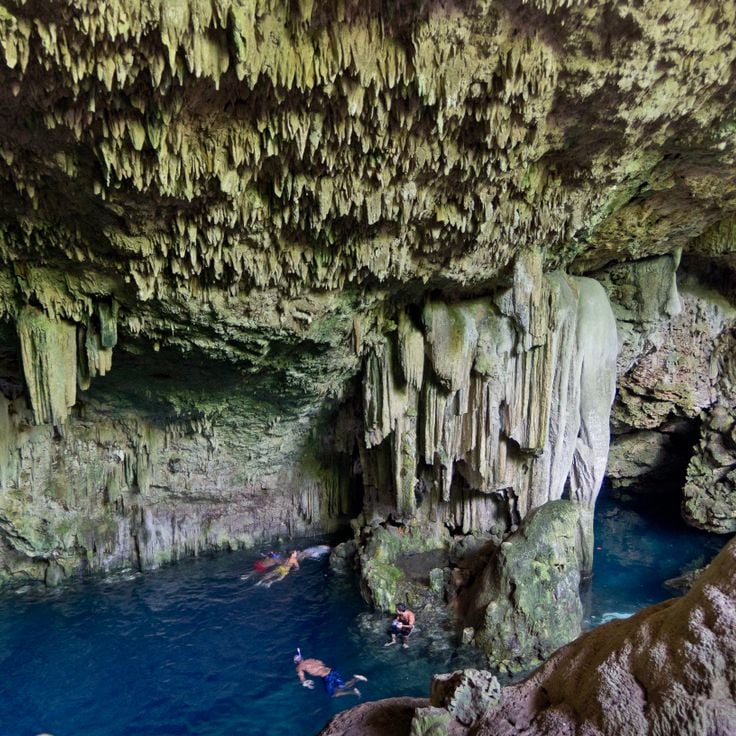
Matanzas, Cuba
This natural cave contains clear freshwater reaching depths of 20 meters, offering good conditions for swimmers and divers.
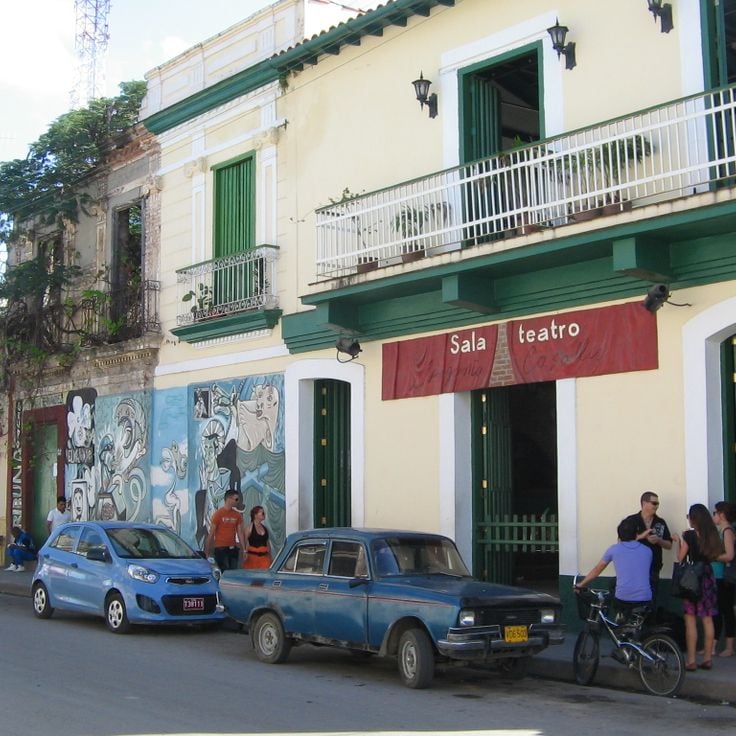
Villa Clara, Cuba
An independent cultural center operating since 1984 presenting theater, music, and art exhibitions. The venue regularly hosts drag shows and LGBT events.

Guantánamo, Cuba
At 305 meters, this is Cuba's highest waterfall, fed by the Arroyo del Jígüe River in the Nipe-Sagua-Baracoa mountains.

Havana, Cuba
Government building constructed between 1926 and 1929 with a 62-meter dome. The building now houses the Cuban Academy of Sciences.
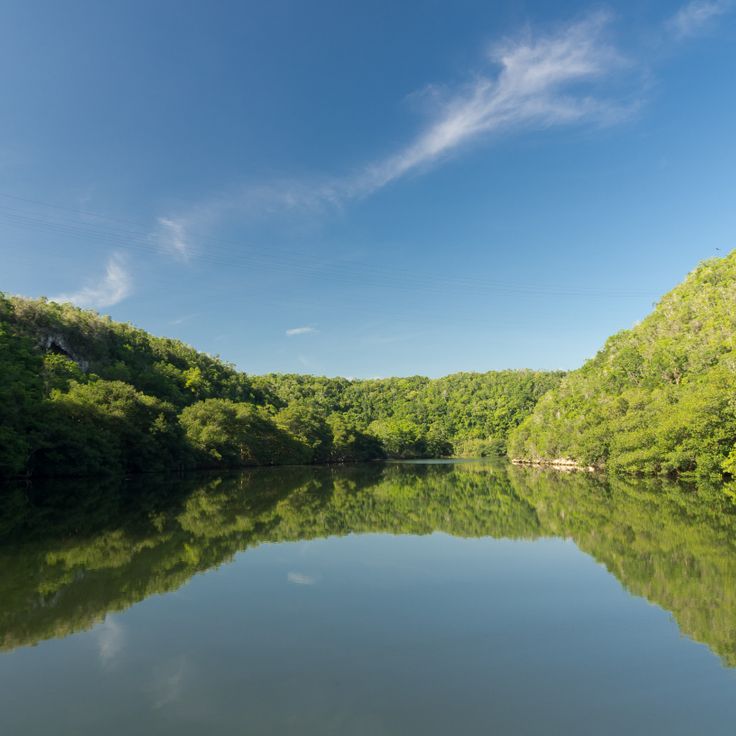
Matanzas, Cuba
The waterway provides opportunities to observe native birds and plants during boat rides along the flowing river.
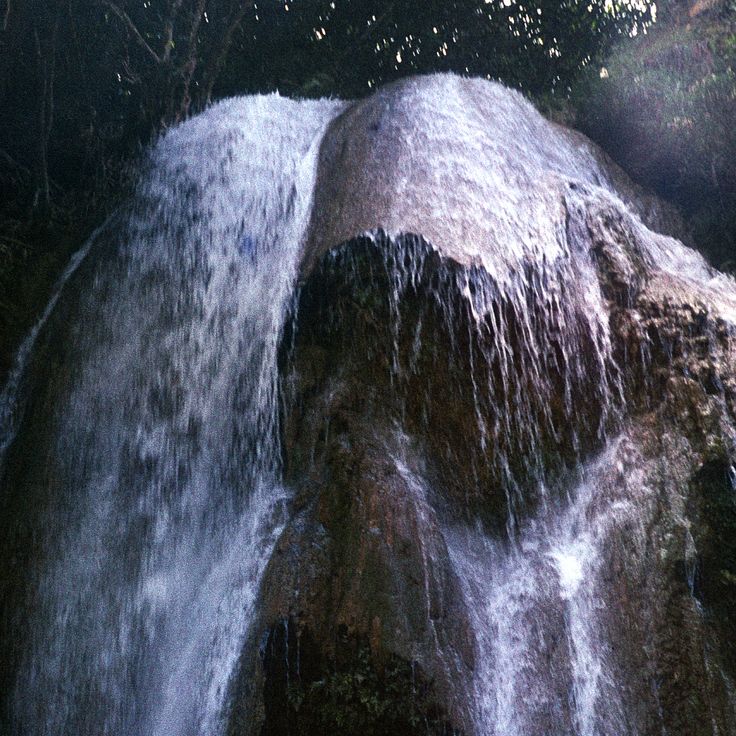
Artemisa, Cuba
These waterfalls drop 22 meters and are surrounded by orchids and ferns. A hiking path leads to the waterfall.

































